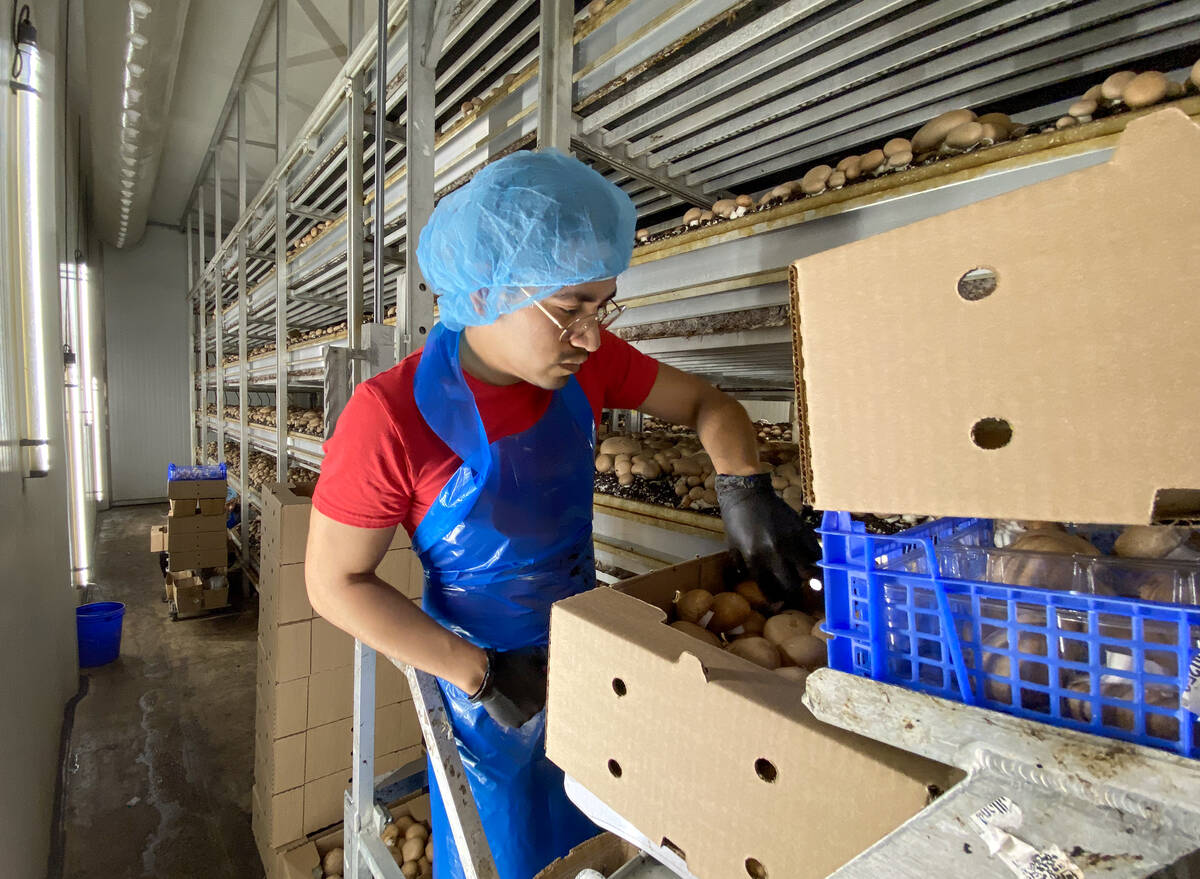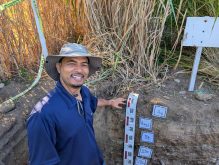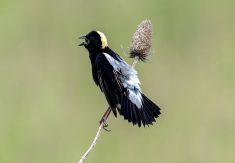A last hurrah for the Essex Region Conservation Authority’s demonstration farm took place Aug. 1, where visitors could explore the use of cover crops and the intricacies of managing them on heavy clay soils.
The shuttering of the farm, located in Amherstburg and in operation since 1996, is in part due to changes implemented by Bill 229, the Protect, Support and Recover from COVID-19 Act.
While intended to help with pandemic-related economic recovery goals, Bill 229 also contained a variety of changes to what Ontario’s conservation authorities were permitted to do.
Read Also

Ontario’s other economic engine: agriculture and food
Ontario Federation of Agriculture president, Drew Spoelstra, says Ontario’s agriculture and agri-food sector should be recognized for its stability and economic driving force.
Why it matters: Loss of the demonstration farm could create a research gap in understanding how phosphorus is moving into Lake Erie.
The bill comes into effect Jan. 1, 2024, and dictates that conservation authorities focus exclusively on priority areas. That leaves additional programming, including education and agricultural extension initiatives, more vulnerable to municipal whims.
Local growers, members of the Essex Soil & Crop Improvement Association, partnering agronomists, University of Windsor environmental researchers, and several hosts gathered for the Aug. 1 event.
Cover crop demonstrations included a variety of species and mixes. Michael Dick, agricultural technician for the conservation authority and secretary-treasurer for Essex Soil and Crop, discussed some of the challenges experienced in establishing good yet manageable stands on the farm’s heavy clay soils.
Chris Snip, certified crop advisor with Agris Cooperative’s Cottam location, joined the discussion as an agronomist who supports the research plots.
A variety of other topics were covered, including observed soil health benefits, weed management improvements, water quality improvement and carbon sequestration.

Attending growers shared their previous successes and challenges with growing cover crops on heavy Essex clays. Common themes included benefits afforded by cover crops to pollinators and other wildlife, the challenge of residue management, particularly in wet early-season conditions, and different methods of achieving good stands.
Water quality challenges meet less research capacity
Several attendees expressed disappointment at the farm’s impending closure. Katie Stammler, the authority’s water quality scientist, explained how Bill 229 affected the farm’s viability.
“The demonstration farm is situation on the Holiday Beach [conservation area], which is owned by the Ministry of Natural Resources and Forestry. We rent it for a nominal fee and are responsible for its stewardship.

“When Bill 229 came out, that’s when the province said ‘these are the mandatory actions that a conservation authority can do.’ That includes source water protection, maintaining your own, conservation authority-owned land, provincial water quality monitoring, and provincial ground water monitoring. That’s what we can do here [at Holiday Beach],” says Stammler.
“The way a conservation authority works is we get our money from municipal levy. The province says those four activities are the only things we can use levy for now. Additional activities – it’s not that we’re not allowed to do them, its that we have to enter into a memorandum of understanding with our municipalities, and then they have to agree to pay us to do those other activities.
“The cost to municipalities isn’t any more than what they had been paying out before. It’s just a different mechanism…Activities that are not mandatory are our education programs, stewardship programs, any of our research and monitoring that’s outside the provincial programs. The farm would be one of those things, as well as any of the research I do that has to come through grants.”
In short, conservation authorities now have to convince municipalities of the merits of each initiative that falls outside the “mandatory activities” category.
In the demonstration farm’s case, Stammler says many rural municipalities saw it as beneficial for the region. However, the densely populated urban municipality of Windsor thought differently, negating the possibility for a MOU.
A series of other challenges made it even harder to keep things running.
“It’s in a bit of a funny spot, so not necessarily a lot of people knew about it. We didn’t do a great job in advertising it,” says Stammler.
“There were a few things that worked against it. The other thing that happened is Agriculture and Agri-Food Canada’s funding wrapped up for their research project happening here, so they’re not continuing their research… There were soybean varietal trials here for many, many years, and that researcher retired so that’s not happening. It was a storm of things that went on.
She said the farm will now be rented out and farmed.
“Ideally, we would like to see conservation practices, but in reality, it will [be rented] to the highest bidder.”













